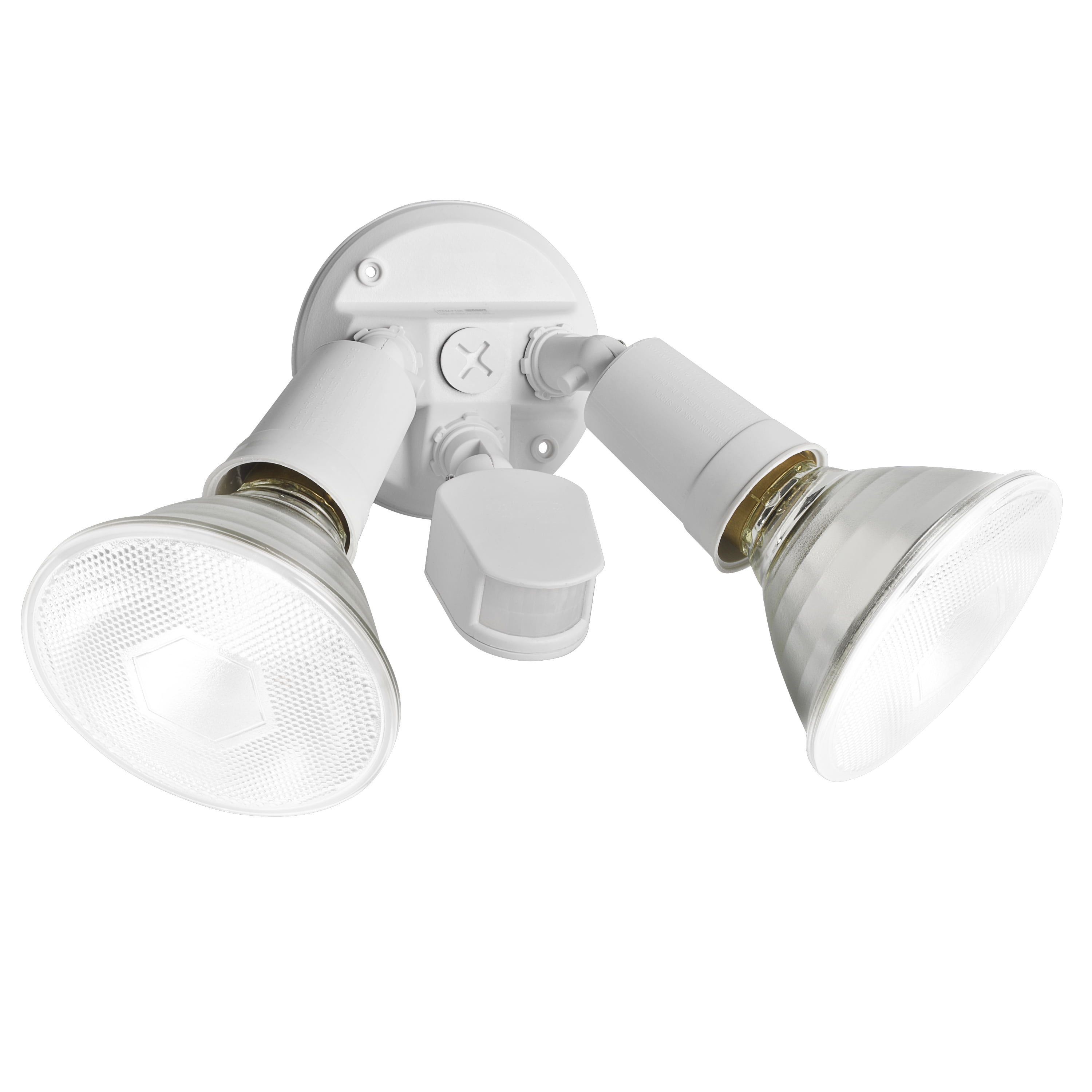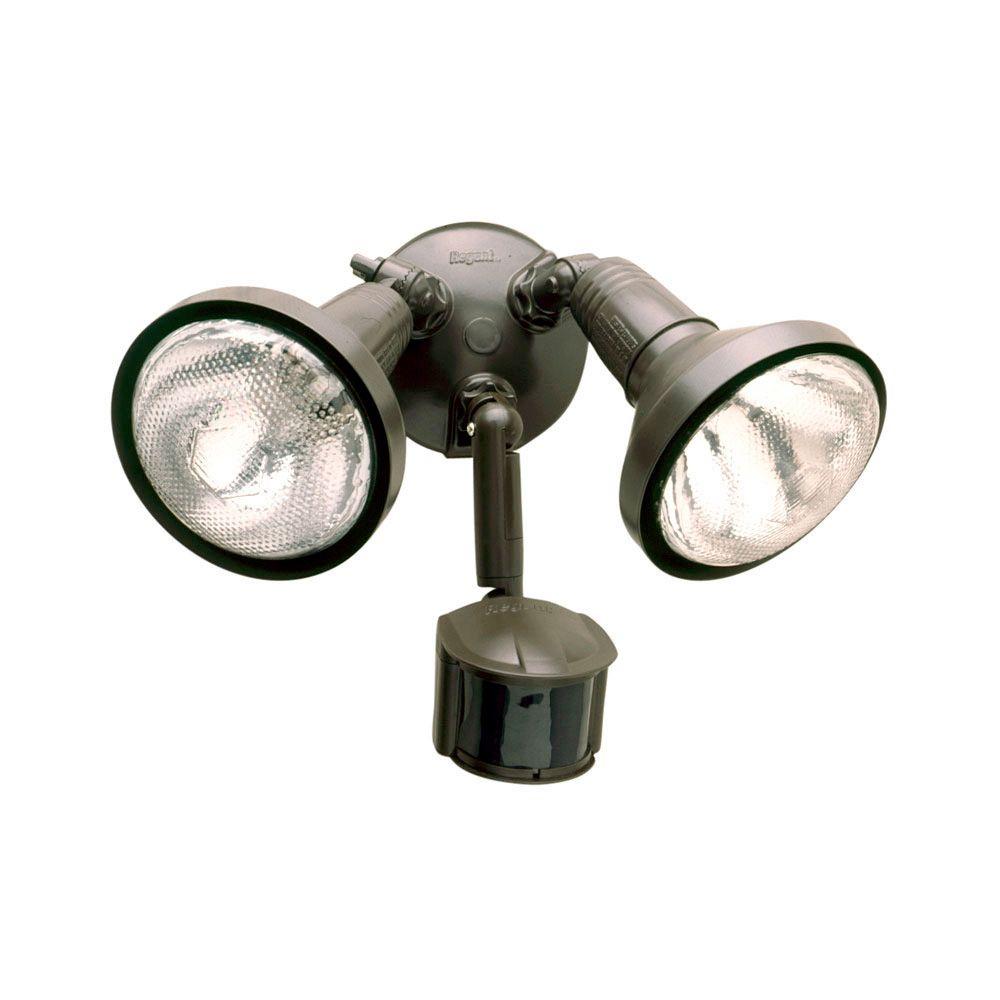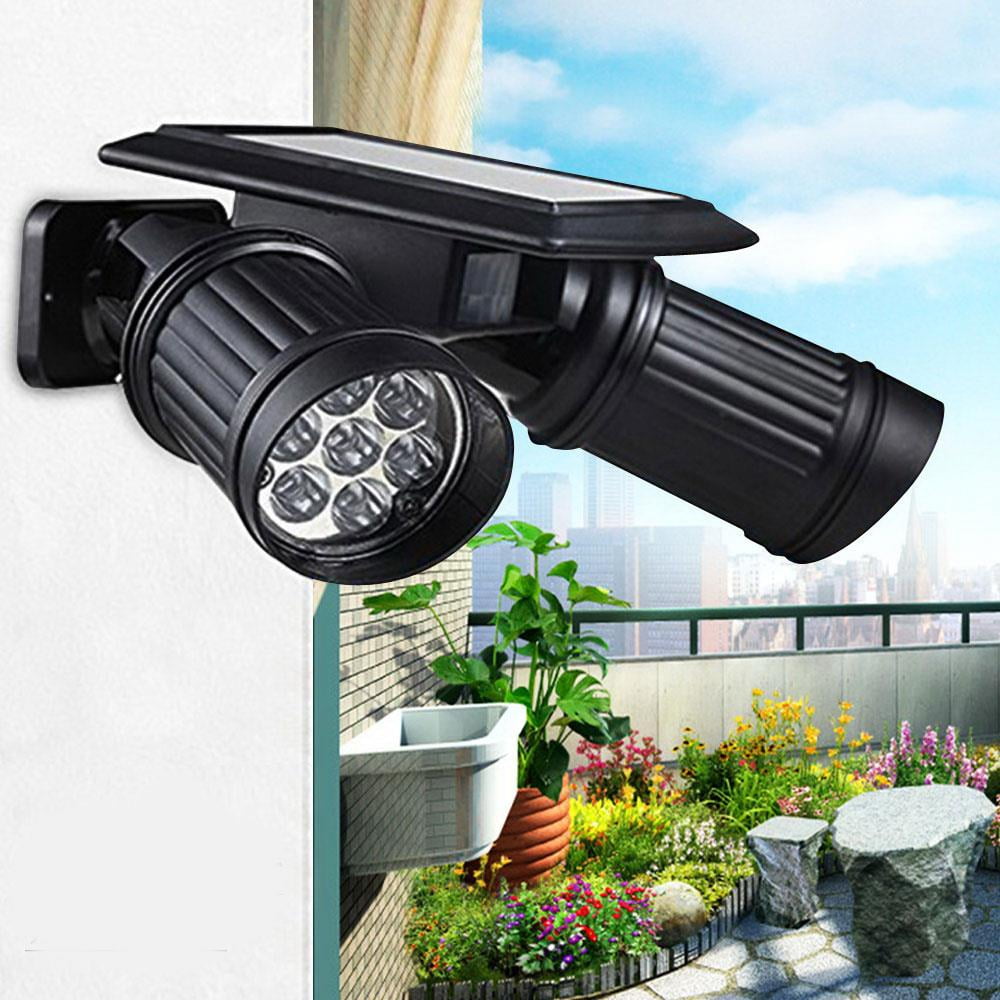
In short, motion sensors can be hit or miss, in the long run. There are a few things you need to do along with installing motion sensor lights that I’ll touch on in a bit. Generally, simply installing motion sensor lights to your home will not do the trick. You can read more about that topic by visiting here. While we do have some coyotes as well, they seem to react to motion sensor lights slightly differently. As a result, we haven’t seen many animals (although the light does go off at times during the night) or had any significant incidents ever since. We put motion sensor lights on our garage, back porch, shed, and outbuilding in several different spots. Come to think of it, our older dog Bluto, a bulk Routwieler breed, got sprayed by a skunk when he was still around.Įver since we concluded that keeping these uninvited guests away from our home was a huge priority, we decided that installing motion sensor lights across all of the buildings on our property would be a good idea. While Vito might not get sprayed by a skunk, the animals could easily spray something under the house or, worse they could spray Vito (who hates baths). There have been other animals, but the main ones we’ve been worried about are skunks because we have a wonderful dog name Vito that we don’t want getting sprayed.

We’ve had deer, raccoons, skunks, and possums all come up to our home at various points. Naturally, having a lot of woodland areas on our property has led to a lot of uninvited guests coming close to our home. Our property includes over 52 acres of land, with a vast majority of that being woodland area. Over the years, my father and I have used motion sensor lights quite successfully at our home. This way, you’ll be able to understand what I’m talking about and why they work effectively. If you’re interested in keeping pests off your property by using JUST a lights and maybe a sprinkler, then check out this page here and go back to reference it while you’re reading the article. The motion sensor light and water sprinkler I recommend are pretty darn good. I’m going to be referencing motion sensor lights (and motion sensor water sprinklers in some cases) throughout this article that do well to deter pests and wildlife from your property. To help you, I want to make sure you know where I’m coming from. The purpose of this article is to help you understand how and why you can use these motion sensor lights to keep unwanted wildlife away from your property. Why Motion Sensor Lights Startle Animals in the First Place As an Amazon Associate, we earn from qualifying purchases. This makes the light brighter, but also gives you the added benefit of illumination even if one of the bulbs burns out.Just to add – when you shop using links from Pest Pointers, we may earn affiliate commissions if you make a purchase.
MOTION LIGHTS INSTALL
Of course, this also means the light is not as bright, so it’s best to install at least two bulbs pointed in the direction you want lit up.

MOTION LIGHTS PLUS
You’ll want to install the lighting high enough that a would-be burglar won’t be able to disable the lights or unscrew the bulbs, plus you’ll get a wider field of illumination. The clever part of this contraption (in most products) is an embedded photocell that stops the light from turning on in daylight. Without getting into the science of motion detection, the system works through a sensor attached to the fixture that turns the light on when it detects motion within its field of view. They cost more upfront, but can last up to a decade or more, saving you a bundle in the long run.

To save money on energy - and be green in the process - consider using energy efficient CFL or LED bulbs. This is a high-wattage bulb with the power to throw off a lot of light from above. When it comes to bulbs, the most common type is the flood light. It may seem obvious, but be sure to buy weatherproof, outdoor fixtures. If you’re lighting up one area of your walkway or yard, a single bulb fixture is enough, but if you want to light up a larger space, purchase a two-bulb fixture with arms that allow you to control the angle between them. Motion detection lighting is not terribly high tech. As for installing outdoor motion lights, well, unless you’re an experienced (and licensed!) electrician, this project is probably best left to the professionals.

Triple “win” projects are hard to find, but this one fits the bill: it helps you save money, it improves safety for your family and it adds another layer of security to your home. We’ll explain the trifecta of benefits that an outdoor lighting system brings to your home, and help you choose the right products for your situation. Installing outdoor motion lights is one of those win-win-win DIY projects that is particularly important to finish right now before winter’s short, cold days shut down any outdoor tasks till spring.


 0 kommentar(er)
0 kommentar(er)
